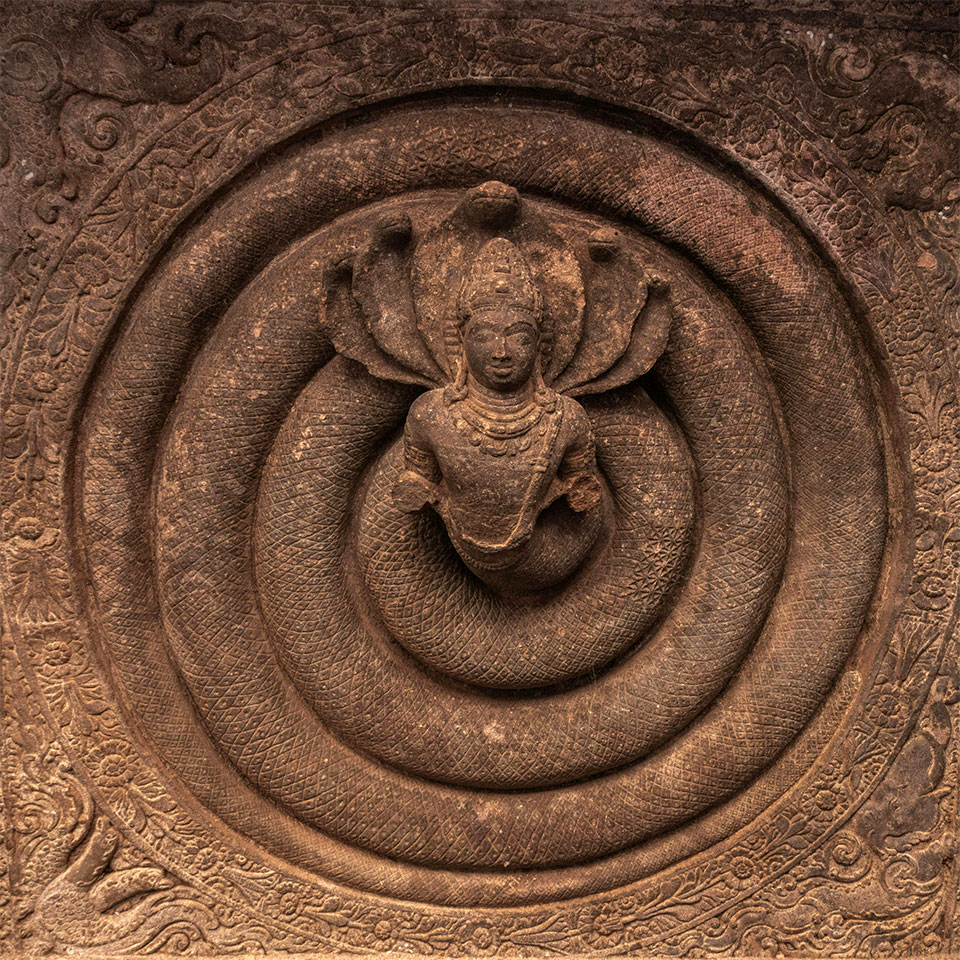Swipe, Scroll, or Sutra?
Yogaś citta-vṛtti-nirodhaḥ: What Does It Mean Today?
There are ancient truths that land in the modern world like soft thunder—quiet but unmistakable. One of them is this simple Sanskrit phrase from the Yoga Sutras of Patanjali:
“Yoga is the stilling of the fluctuations of the mind.”
Yogaś citta-vṛtti-nirodhaḥ (Yoga Sutra 1.2)
It’s only the second verse in a text that’s thousands of years old, yet it cuts straight to the heart of yoga—that yoga is not achieving the perfect handstands or full splits, but achieving the inner stillness that those physical disciplines are trying to point us toward. The physical postures are only mentioned once in the Sutra (I’ll cover that in another blog post!) so, it points to that the mental aspects of yoga are far more important than the physical yoga postures.
Let’s break it down, one word at a time.
- Yogaḥ = Yoga. It’s the Sanskrit root of our word ‘yoke’. The state of absolute union, connectedness, where the illusion of separation, dissolves.
- Citta = the mind-stuff (your thoughts, emotions, memories, and perceptions). A bodhicitta is an enlightened awareness – but, most of us are still working on that.
- Vṛtti = fluctuations, patterns, waves, movements. It’s the Sanskrit root of the word ‘weird’.
- Nirodhaḥ = the calming, restraint, or settling of those movements. Sanskrit was designed to sound like what it describes – the ‘nirodhah’ is like the extinguishing of a candle flame.
In essence:
Yoga is the practice of calming the constant swirl of thought and reactivity in the mind.
Our Modern Minds are, a tempest to say the least.
If the ancient yogis had Instagram, Slack notifications, 24-hour news cycles, and email inboxes with 4,000 unread messages, they’d really understand mental fluctuations. But in truth, they already did. The Buddha, and Patanjali, strove to codify a way to set us free from the tyranny of our own minds… which are constantly churning out worrisome stories that simply aren’t true. The practice of meditation, is a bit like sifting through the contents of our mind, finding the disinformation and chucking it.
There’s a LOT of it.
Even without smartphones, the mind has always been restless, habit-bound, and full of stories. What changes today is the volume—we’re overstimulated, overwhelmed, and under-rested.
We’re living in what some have called an “attention economy,” where your focus is the most valuable currency. That makes this Sutra more relevant than ever.
So What Does This Look Like Off the Mat?
Yogaś citta-vṛtti-nirodhaḥ doesn’t mean shutting your mind off.
It means becoming aware of your thoughts, and questioning their veracity. Not engaging in frivolous dialogue with the thoughts, but letting them dissipate, creating more space. It’s a bit like defragmenting your computer.
Are the thoughts true? Are they helpful?
It means creating space between stimulus and response.
It means learning to observe your thoughts without being dragged around by them.
In daily life, it looks like:
- Taking a breath before reacting to a stressful email or text
- Not believing every anxious thought that shows up uninvited
- Sitting in silence for five minutes, and noticing your inner weather
- Moving through yoga not just to stretch your body, but to slow down your nervous system
The goal isn’t perfect peace. The goal is practice, listening with compassion, learning to be with yourself. When our mind wanders, we practice inviting a steady, gentle returning to stillness—even if that stillness lasts only a moment.
A Practice You Can Try Today
Next time you step onto your yoga mat, instead of focusing on how deep your yoga pose is or how strong your core feels, try this:
Notice the quality of your mind at the beginning of practice.
Notice it again at the end.
What softened? What stilled? What shifted beneath the surface?
That’s yogaś citta-vṛtti-nirodhaḥ.
The yoga of quieting the mind—not with force, but with attention and kindness.
In a world that profits from our distraction, yoga becomes a radical act of remembering. Remembering that peace isn’t something we achieve.
It’s something we return to.
It’s already here—beneath the waves.




Leave a Reply